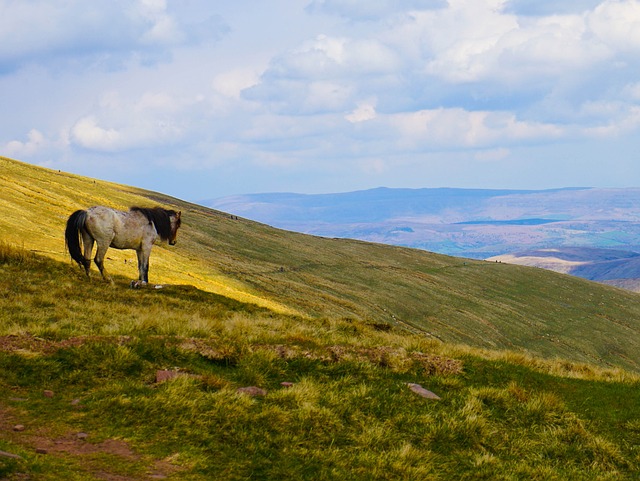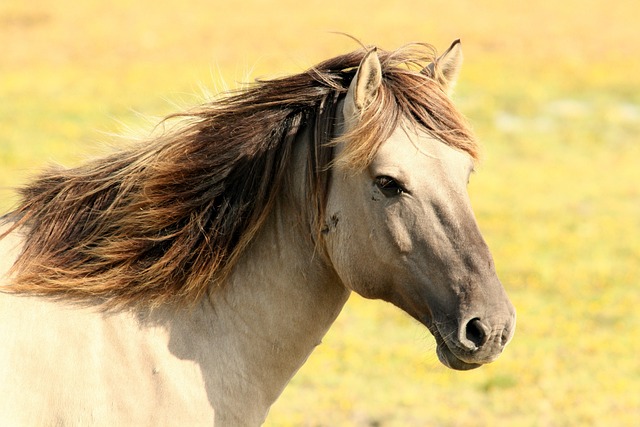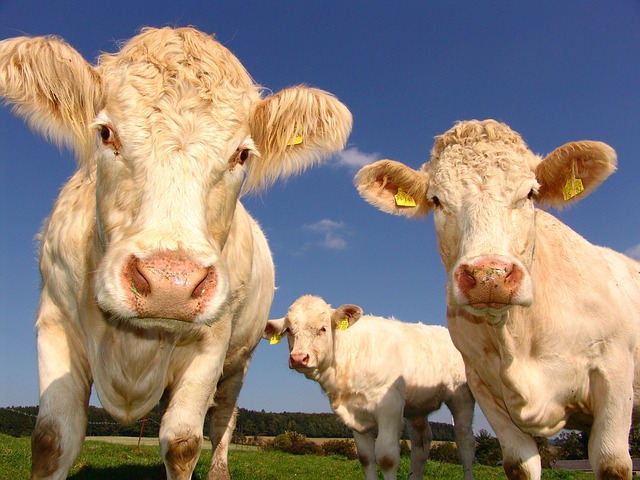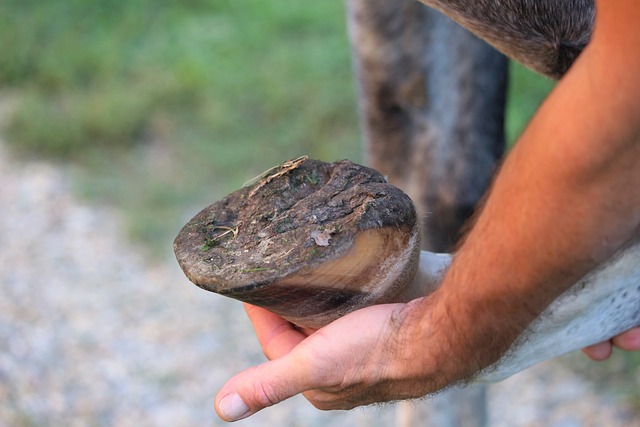
Thrush
March 10, 2023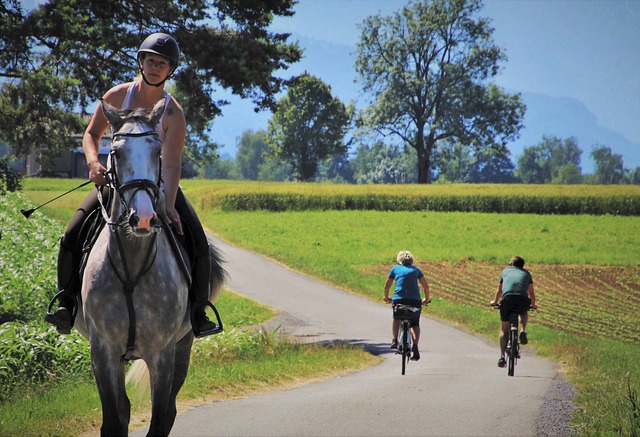
Riding & Road Safety
March 16, 2023Mastitis can occur in mares even if they do not have a foal. In fact, mastitis is more commonly seen in mares that are not lactating or have recently weaned a foal. Mastitis in non-lactating mares is often caused by an injury to the udder or teat, which can introduce bacteria into the mammary gland.
Here are some signs and symptoms of mastitis in non-lactating mares:
- Swelling and heat: The affected gland may become swollen and hot to the touch. The gland may be larger and harder than the other glands.
- Pain and sensitivity: The mare may show signs of pain and sensitivity when the affected gland is touched.
- Discoloration: The affected gland may appear red or purple in color.
- Abnormal discharge: The mare may have a discharge from the affected gland that may be pus-like or bloody.
- Fever and depression: In severe cases, the mare may show signs of fever and depression.
To diagnose mastitis in non-lactating mares, a veterinarian may perform a physical examination of the mare and a milk culture to identify the bacteria causing the infection. Treatment for mastitis usually involves antibiotics to kill the bacteria causing the infection, along with supportive care to manage pain and swelling.
Preventing mastitis in non-lactating mares involves maintaining a clean and dry environment for the mare, avoiding injuries to the udder or teat, and monitoring the udder for signs of infection. Any injuries to the udder or teat should be treated promptly to prevent the introduction of bacteria. Regular veterinary care and monitoring of the mare’s health can also help to identify and treat mastitis early.


